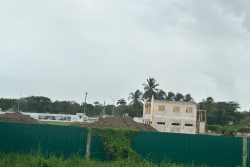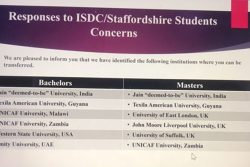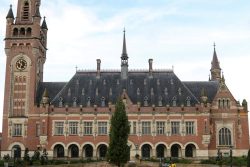Dear Editor,
In recent years, Guyana has witnessed a surge in infrastructure projects, from the construction of roads and bridges to the announcement of new schools and hospitals. While such initiatives hold the promise of tangible progress, they often reflect a political strategy known as “visible development optics” or “symbolic politics.” This approach prioritizes showcasing ongoing or planned projects to create an image of advancement and commitment, even when the outcomes remain incomplete or unrealized.
The essence of symbolic politics lies in its ability to influence public perception. It is not uncommon to see ribbon-cutting ceremonies for partially completed projects, announcements of grand plans that lack follow-through, or construction sites adorned with signs touting progress. These visuals send a powerful message: the government is active, responsive, and delivering on promises. However, the emphasis on optics can obscure critical questions about project quality, timelines, and long-term impact.
A glaring example of this is the recent announcement by the Minister of Public Works regarding yet another delay in the completion of the new Demerara Harbour Bridge. Despite years of assurances and extensive promotion of this project as a cornerstone of Guyana’s infrastructure agenda, the delays cast doubt on the government’s ability to deliver on its promises. Each postponement undermines public confidence and highlights the gap between visible optics and tangible results.
In Guyana, where development needs are vast and resources are finite, we must ask whether these visible efforts are backed by genuine accountability and measurable outcomes. Are roads being built to last, or will they require frequent repairs? Are new schools adequately staffed and equipped, or are they merely shells of potential? Are these projects addressing the most pressing needs of our citizens, or are they selected for their visibility and political mileage?
While signaling progress is an important part of governance, it must not overshadow the delivery of substantive results. Genuine development goes beyond optics; it requires meticulous planning, efficient execution, and continuous evaluation to ensure that the benefits reach the people who need them most. Symbolism, when unchecked, risks fostering cynicism among citizens who grow weary of promises that fail to materialize into meaningful change.
As we navigate this era of rapid growth and transformation, I urge policymakers, civil society, and citizens alike to prioritize accountability and transparency. Let us celebrate visible development only when it is paired with tangible outcomes that improve lives, strengthen communities, and secure our nation’s future.
Sincerely,
Keith Bernard








